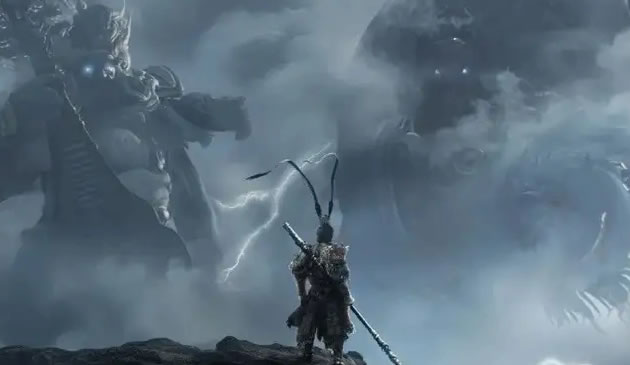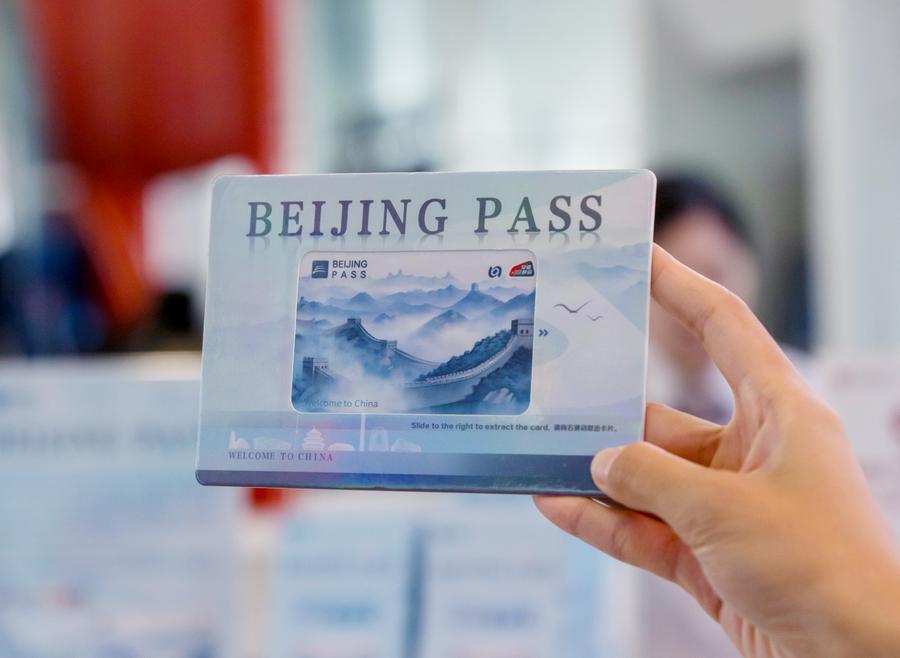On Tuesday, August 20, 2024, a highly anticipated video game based on a timeless Chinese literary classic was unleashed onto the global stage, electrifying gamers around the world. The game,…
Black Myth: Wukong and the stories behind


On Tuesday, August 20, 2024, a highly anticipated video game based on a timeless Chinese literary classic was unleashed onto the global stage, electrifying gamers around the world. The game,…
As China continues to expand its "visa-free friends circle," the country has become an increasingly popular destination for inbound tourists. This summer, more and more foreign visitors are flocking to…

Introducing the Beijing Pass, a versatile companion unveiled in the heart of China's capital, designed to be a seamless gateway for international travelers exploring Beijing's wonders. Imagine a key that…